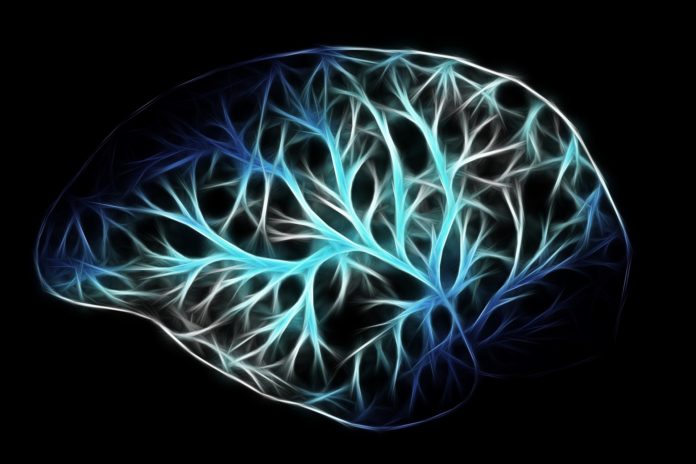One hundred thirteen years after Thomas Hunt Morgan, a professor of Zoology at Columbia University started breeding fruit flies in his laboratory in a bid to understand the then elusive transmitter of hereditary information – the gene – the fruit fly is still the means of unravelling the mysteries of the living system. This time it is about complex neural connections in the brain.



